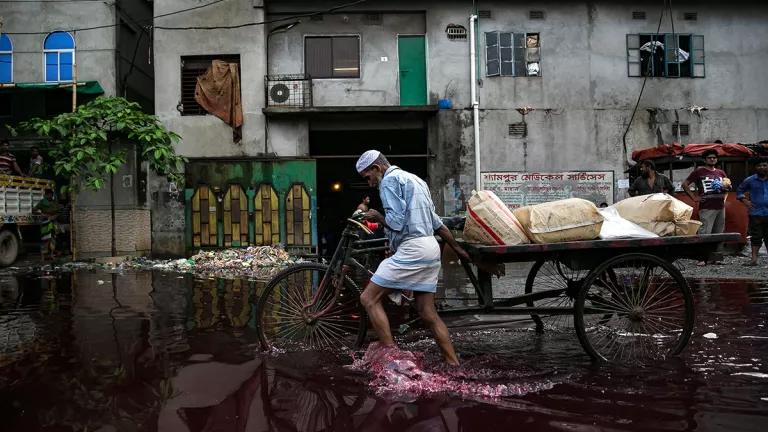Best Practices for Textile Mills to Save Money and Reduce Pollution, Bangladesh
A practical guide for responsible sourcing
The world textile industry is a large part of our daily lives, from the clothes we wear to the napkins at eateries. Dyeing and finishing that textile can be an environmentally taxing process: One ton of fabric can lead to the pollution of up to 300 metric tons1 of water with a suite of harmful chemicals, and consume vast amounts of energy for steam and hot water. Now that the industry is centered in countries with still-developing environmental regulatory systems, such as China and Bangladesh, textile dyeing and finishing has a huge environmental footprint. To address this issue, NRDC and a group of apparel retailer and brand partners started the Responsible Sourcing Initiative (RSI) to curb pollution in the sector while saving the industry money. This report summarizes the practices that we found to be the top money-saving, environment-protecting opportunities in Bangladesh, which largely overlap with practices we previously identified in China.





